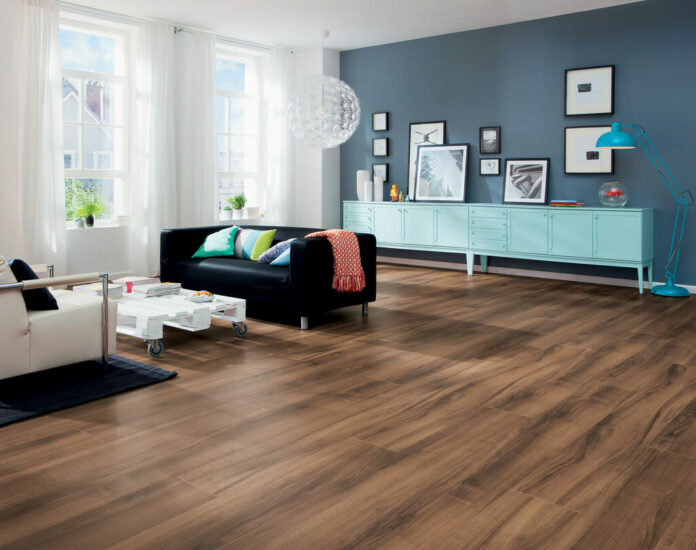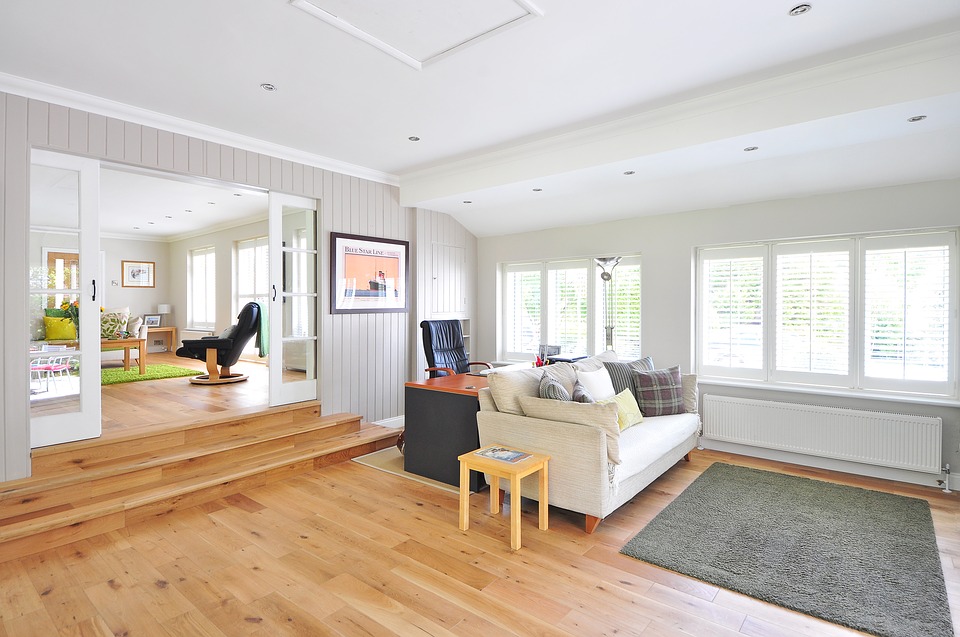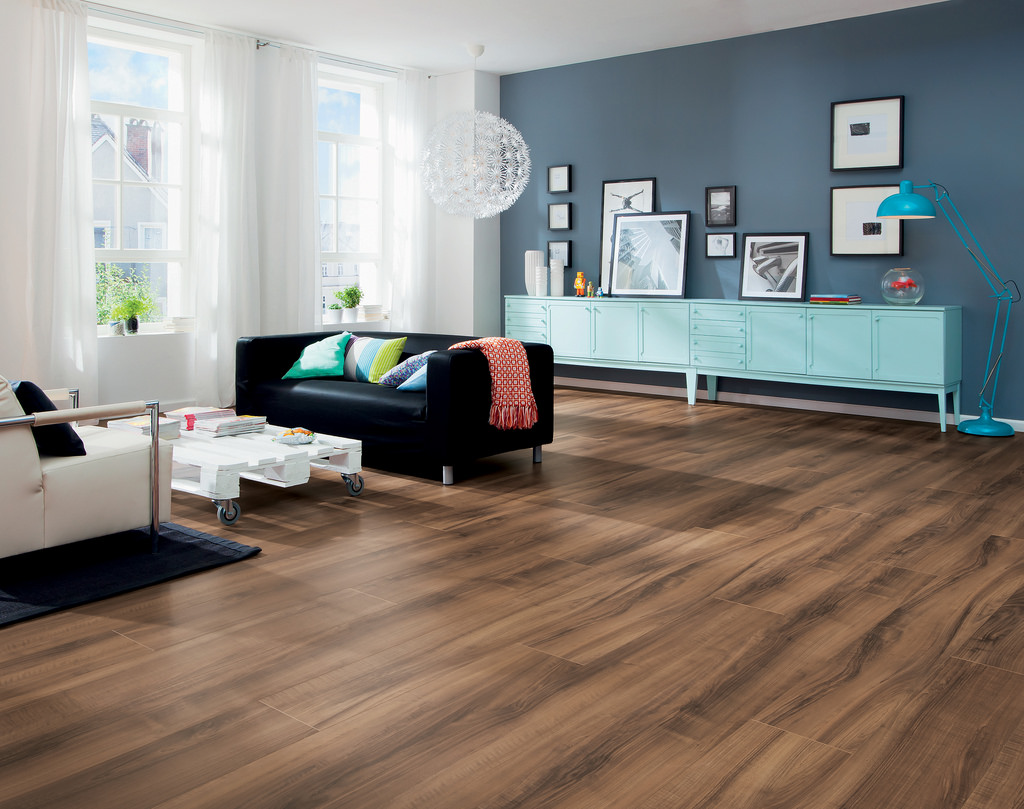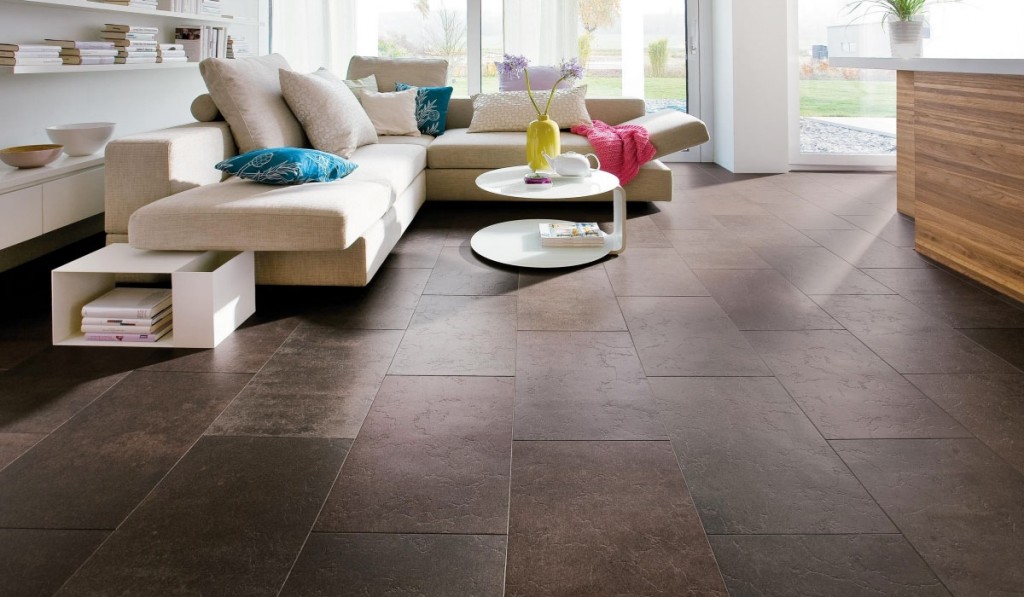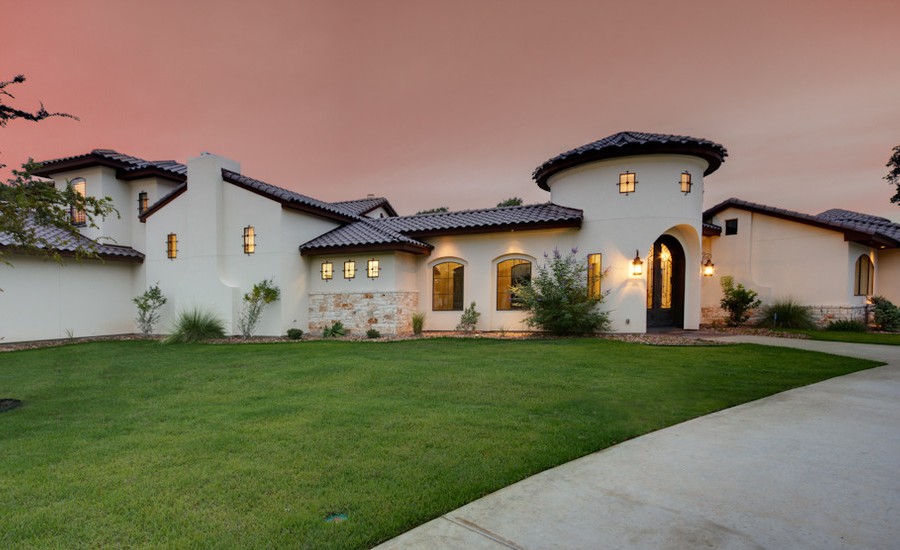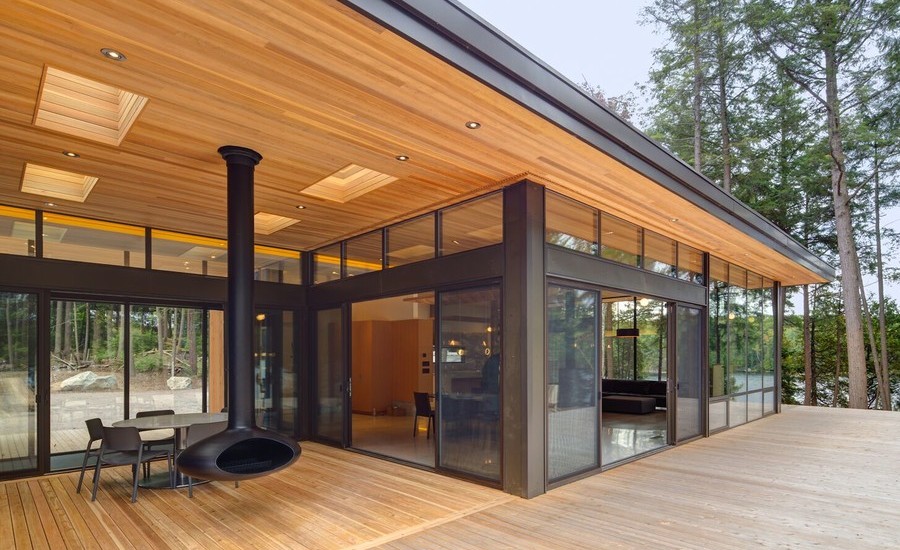Choosing the flooring for your home is not as easy as you think. Keep reading for 7 key tips for choosing the flooring for your home.
There are no two ways about it. Choosing the flooring for your home isn’t a decision you can afford to gloss over.
There are so many considerations you need to factor in before you take the plunge. Getting it wrong could see you spend thousands of dollars in material costs, installation, and lifetime maintenance of the floor.
If you’re wondering how to choose a flooring type, you’re in luck. We’ve put together a comprehensive guide to help you weigh your options to find the perfect fit. Read over these 7 tips carefully before making any decisions.
1. Consider Functionality When Choosing the Flooring for Your Home
The first thing you need to consider is where and how the floor will be used. This is what ultimately determines the type of floor you’ll choose.
For instance, some areas of the house have lots of foot traffic and need flooring materials that can withstand higher levels of wear and tear. An example of such an area would be the bathroom and kitchen. In these rooms, ceramic or porcelain tiles would be the most appropriate choice.
They are durable and can stand frequent cleaning. What’s more, they are available in a myriad of faux-finishes like stone or wood, so you can match them with the general theme décor of the house.
2. Ease of Maintenance
You can use the same flooring material to serve all the rooms of your home. The difference comes about in the level of maintenance required for the materials you choose to use.
You have to do a bit of soul-searching and really get honest with yourself here. What amount of work are you prepared to do to maintain your floors?
Picking high-maintenance materials may look great and all, but if you’re not willing to do the work that comes with keeping them in tip-top shape, you’re flushing valuable dollars down the drain. Here’s an example to illustrate this.
When vinyl floors get surface dirt and spills, all you need is a broom and mop with some warm soapy water to get it clean. On the other hand, when it gets damaged with dents and chips, for instance, it becomes quite difficult to do a spot-repair on it.
You, therefore, have to do your best to keep it safe from abrasive chemicals and situations where you could potentially chip it or dent it. Hardwood floors on the other hand only need buffing to restore their luster when you begin to notice scratches on their surface.
3. Budget Constraints
Money matters when it comes to picking the best flooring material for your home. Different flooring types come at different prices so you need to weigh the pros and cons of each to make sure you’re not breaking the bank to install the floor of your dreams.
Hardwood floors, for instance, typically cost more than their counterparts more so depending on the type of wood you’re using and its specific grain.
Vinyl flooring, on the other hand, is the best option if you want a beautiful finish on a limited budget. They can be purchased in large sheets and can be installed on nearly every type of subfloor.
The best part about it is that the costs associated with installation don’t run as high as some of the other types of flooring available.
Carpet is a fairly affordable option as well despite the fact that you’ll require professional services to have it installed in your home.
4. Think About the Weather
You might be tempted to choose perfect flooring based on its aesthetic appeal. How your floor looks plays a major role in your decision but the climate of the area you live in should also be a major determinant.
For instance, if your home is in a cold climate, nothing beats carpet flooring. If you live in an area that’s generally humid, you should go with porcelain tiles.
Picking the right flooring guarantees durability. That way you won’t spend as much on costly renovations if you eventually wanted to sell your home. You can learn more about selling your house as-is on this website.
5. Your Lifestyle
Your overall lifestyle is a key element in choosing flooring types. Do you constantly have guests over walking around, congregating and making merry? Or do you have little kids who like running around, dragging their toys across the floor, and spilling juice or other liquids?
Maybe your home is a work of art and you want your floor to exude class and elegance. All these have a big effect on selecting the best flooring that matches your lifestyle.
6. The Home Design
Begin with the end in mind. Think about the theme you want to complement the type of house you have.
The flooring you’ll choose for a Victorian home, for instance, is quite different from that of a post-modern home. You have to factor in design considerations before settling on a specific type of flooring.
Picture how you want your home to look in the end. What type of furniture will you have? How will you arrange the individual pieces?
Will they take up a large chunk of floor space or will most of your floor be exposed? It’s best to think beyond the flooring type before you can even embark on your project.
7. Consult a Professional
Going it alone is great and all. But why wouldn’t you leverage professional advice when it comes to making such a huge decision?
The experts are best placed to provide you with a flooring comparison and recommend options designed to meet your specific needs. They can help you pick the right choice based on your budget and vision. If you don’t, you might end up with a finished look that isn’t remotely close to what you had envisioned.
The Bottom Line
Choosing the flooring for your home can be a bit of a pain point. Picking the wrong one can be a costly mistake more so if you have to change it sooner than you had anticipated.
Use the tips in this flooring guide to help you pick the most appropriate flooring for every room in your home. You can think of it as an investment since it’s bound to raise the value of your home if you ever wanted to sell.
Definitely check out our blog for more home-related posts.

